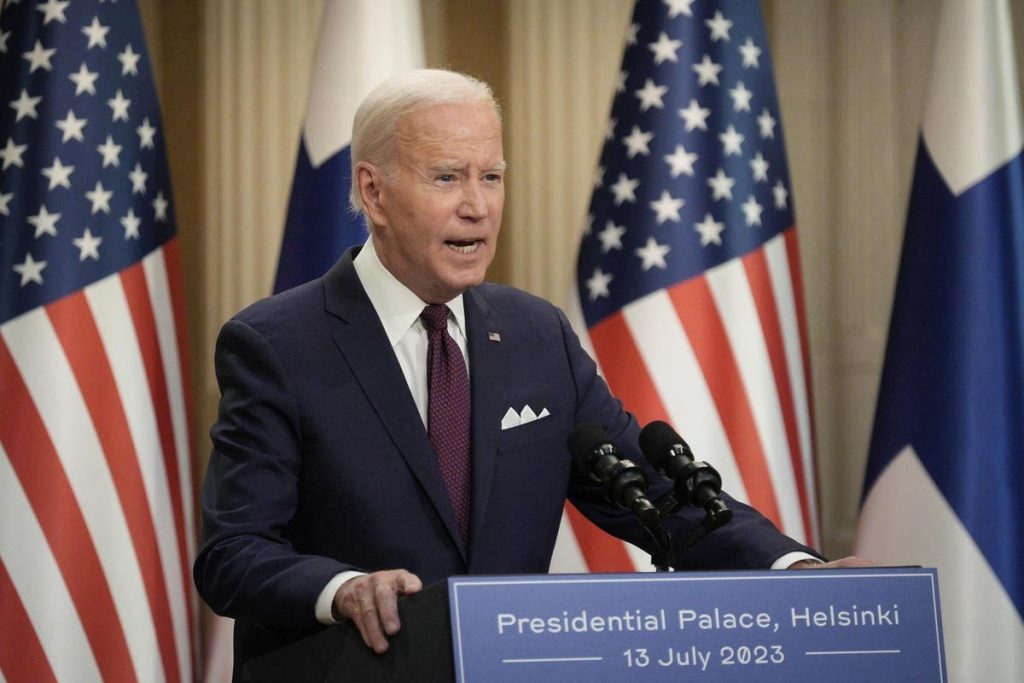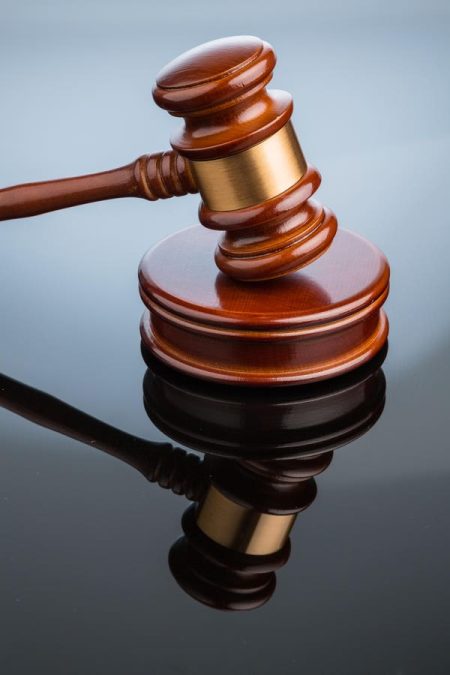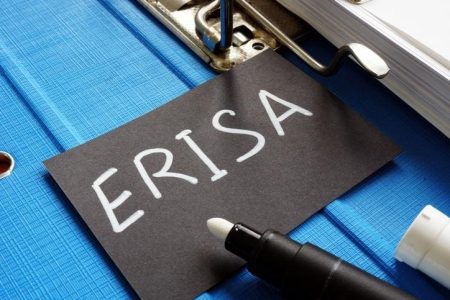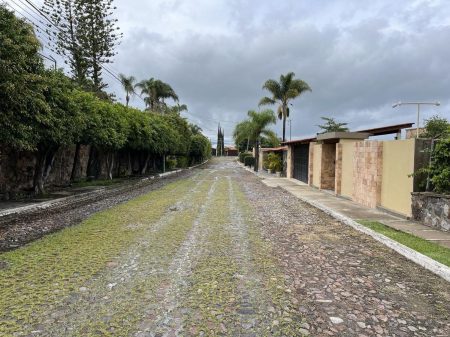The Biden administation has announced nearly $40 billion in student loan forgiveness this week under a one-time student debt relief program. The 800,000 borrowers who qualify are just the first wave in what is expected to be one of Biden’s most significant loan forgiveness initiatives.
“For far too long, borrowers fell through the cracks of a broken system that failed to keep accurate track of their progress towards forgiveness,” said U.S. Secretary of Education Miguel Cardona in a statement on Friday. “Today, the Biden-Harris Administration is taking another historic step to right these wrongs and announcing $39 billion in debt relief for another 804,000 borrowers.”
Here’s what borrowers need to know.
Student Loan Forgiveness Under IDR Account Adjustment To Remedy Past Student Loan Payment Issues
The $40 billion in student loan forgiveness is being provided through the IDR Account Adjustment. The Biden administration first unveiled the one-time program last year as a massive fix designed to remedy widespread problems with Income-Driven Repayment programs, which had persisted for years.
IDR programs provide affordable payments to borrowers based on their income, with the possibility of student loan forgiveness after 2o or 25 years in the program. But administrative problems and poor oversight resulted in numerous issues that derailed or stalled borrowers’ progress toward loan forgiveness. Some borrowers were improperly steered into costly forbearances, resulting in substantial balance increases and no progress toward loan forgiveness.
The IDR Account Adjustment, according to the Biden administration, is a one-time fix for these issues. Under this temporary initiative, the Education Department can credit borrowers with time toward IDR loan forgiveness that otherwise would not have counted, even for borrowers not currently enrolled in an IDR plan. Most past periods of repayment, as well as many prior periods of deferment and forbearance, can count toward student loan forgiveness. The credit can also benefit borrowers seeking relief through Public Service Loan Forgiveness (PSLF) program, a separate but related program that has had similar issues since its inception.
First Wave Of Borrowers Will Receive Student Loan Forgiveness Before Student Loan Payments Resume
The 800,000 borrowers who were approved for student loan forgiveness this week represent the first wave of borrowers who will benefit from the IDR Account Adjustment. The Education Department had previously indicated that it would first prioritize borrowers who had reached their 20 or 25-year loan forgiveness milestone before August as a result of the retroactive credit, so that these borrowers would not be billed as student loan payments resume later this summer.
“Borrowers receiving notifications in the coming days include those with Direct Loans or Federal Family Education Loans held by the Department (including Parent PLUS loans of either type) who have reached the necessary forgiveness threshold as a result of receiving credit toward IDR forgiveness,” says the Education Department announcement. Eligible borrowers will start receiving emails soon.
Other Borrowers May Still Qualify For Debt Relief Under One-Time Adjustment
The $39 billion in student loan forgiveness represents just the first batch of debt relief under the IDR Account Adjustment. Additional borrowers may receive student loan forgiveness in the coming months as they, too, cross the 20 or 25-year threshold for loan forgiveness. Other borrowers who receive IDR credit under the initiative, but fall short of the threshold for loan forgiveness, should start to be notified of their status sometime in 2024.
Borrowers who have Education Department-held federal student loans, including all Direct loans as well as some government-held Family Federal Education Loan (FFEL) program loans, can automatically benefit from the IDR Account Adjustment, without needing to apply. However, borrowers who fall short of the milestone for immediate student loan forgiveness would have to continue repaying their loans under an IDR plan to make ongoing progress. And borrowers who have commercially-held FFEL loans and other non-Direct loans may need to consolidate those loans via the federal Direct consolidation program before the end of 2023 to benefit from the initiative.
Earlier this year, the Biden administration released detailed new guidance on who can qualify for the IDR Account Adjustment, and what borrowers may need to do.
Student Loan Forgiveness And Other Biden Debt Relief Not Impacted By Supreme Court Decision
Notably, the IDR Account Adjustment is entirely separate from President Biden’s one-time debt cancellation plan, which would have provided $10,000 or $20,000 in student loan forgiveness to millions of borrowers. That program was struck down by the Supreme Court last month.
But the IDR Account Adjustment is a distinct initiative, and was not impacted by the Supreme Court ruling. Similarly, the Biden administration is also rolling out a new IDR plan that may result in accelerated student loan forgiveness, lower student loan payments, and other benefits as millions of borrowers are set to resume student loan payments later this summer.
In the meantime, the Biden administration has started the process of developing a new student loan forgiveness plan to replace the one struck down by the Supreme Court.
Further Student Loan Forgiveness Reading
Biden Officials Take First Step To Create New Student Loan Forgiveness Plan
Here’s When Student Loan Payments Resume, And What Borrowers Should Do Now
4 Big Student Loan Updates When Payments Resume (And They Resume Soon)
6 Key Student Loan Forgiveness And Repayment Dates To Write Down Now
Read the full article here









